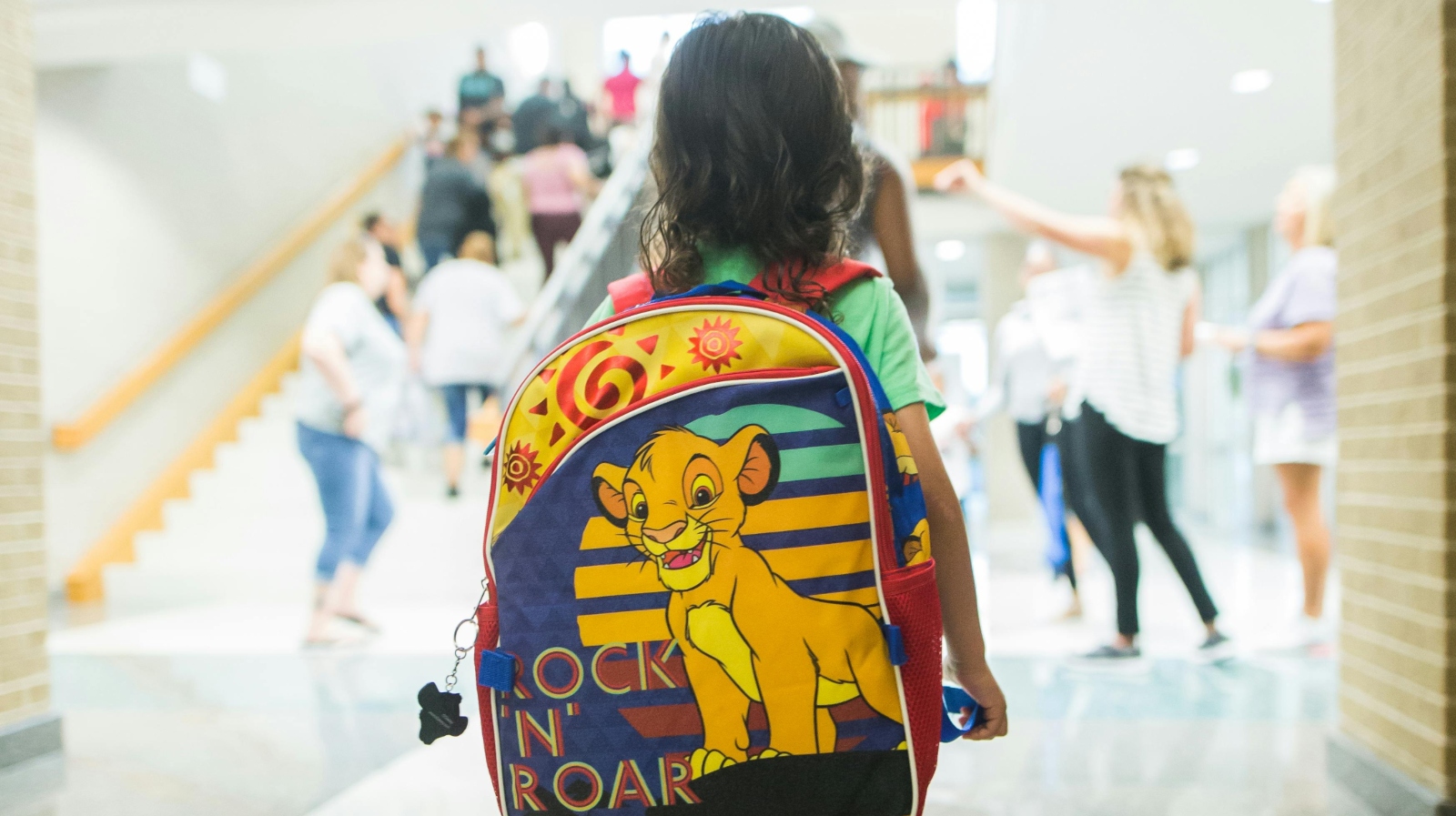 |
|
The escalating cost of private education in India has ignited a fervent national conversation, highlighted by a recent viral social media post detailing the exorbitant fees at a prominent Jaipur school. Rishabh Jain, a Jaipur-based entrepreneur, shared the fee structure of ₹4.27 lakh per year for a Grade 1 student, sparking a heated debate about the accessibility of quality education for middle-class families. This figure, representative of other reputed schools in the city according to Jain, represents a significant financial strain for many, even those with seemingly comfortable incomes. Jain's post, disseminated on X (formerly Twitter), emphasized the financial realities faced by families earning ₹20 lakh annually. After accounting for taxes and essential living expenses, he argued, such a family would struggle to cover the school fees for even one child, let alone multiple. This assertion, while sparking controversy, highlights the significant financial burden placed upon families striving to provide their children with a quality education within the existing private education system. The debate underscores a deeper systemic issue: the escalating gap between the cost of education and the financial capacities of a substantial portion of the Indian population. The post and its subsequent discussion have become a powerful illustration of the ongoing struggles faced by middle-class families in navigating the increasingly expensive landscape of private education.
The social media response to Jain's post was predictably diverse, showcasing a spectrum of opinions and experiences. Some parents vehemently agreed with Jain's assessment, highlighting the impracticality and unfairness of such exorbitant fees. They shared their personal struggles and echoed the sentiment that quality education is rapidly becoming a luxury, inaccessible to many within the middle class. Other users, however, countered Jain’s claims, arguing that his example was skewed by the selection of a particularly expensive school, thus not representative of the overall market. Some questioned whether such high fees always corresponded to higher quality education, suggesting that less expensive alternatives might provide similar academic benefits. The arguments put forth reveal a complex issue, intertwined with perceptions of value, educational quality, and the availability of alternative schooling options. The debate extends beyond individual financial circumstances, encompassing broader societal considerations surrounding equitable access to quality education. The various perspectives highlighted the need for a more nuanced understanding of the challenges families face, and the importance of examining the structural factors driving the high cost of private education.
The controversy surrounding the ₹4.27 lakh school fee underscores a larger systemic problem: the growing disparity between the cost of quality education and the financial capabilities of many Indian families. This issue is not merely one of individual choices or personal financial management; it reflects a deeper societal challenge. The debate highlights the need for a more comprehensive and equitable approach to education. One user proposed viewing education expenses as a form of taxation, emphasizing that high-tax countries often include quality education and healthcare within their tax-funded services. This perspective suggests a potential shift in how education is both funded and perceived—not as a purely private expense but as a shared societal responsibility. The discussion also raised concerns about the potential decline in overall educational quality if the costs remain prohibitive for many, as this might force families to compromise on the quality of schooling they can afford for their children. Further discussion focused on the need for robust government intervention to regulate and possibly subsidize private education, ensuring a more equitable distribution of educational opportunities across different socioeconomic groups. The lack of readily available, affordable alternatives to costly private schools creates a significant barrier for many families, creating pressure for change and prompting calls for policy reform.
The viral post serves as a stark reminder of the challenges facing middle-class families in India. The high cost of private education disproportionately impacts this segment of the population, highlighting the urgent need for systemic changes to ensure equitable access to quality education for all. The debate sparked by Jain's post is not simply about the price of a school; it’s about the future of a generation and the broader implications for social equity and economic mobility in India. The ongoing discussion underscores the crucial role that governments, private institutions, and policymakers play in shaping a more just and accessible education system. Long-term solutions likely involve a combination of regulatory reforms, government subsidies, increased funding for public schools, and possibly even a re-evaluation of the prevailing model of private education in India. Until then, the financial burden of education continues to disproportionately impact middle-class families, creating a significant societal challenge that demands immediate and comprehensive attention.
